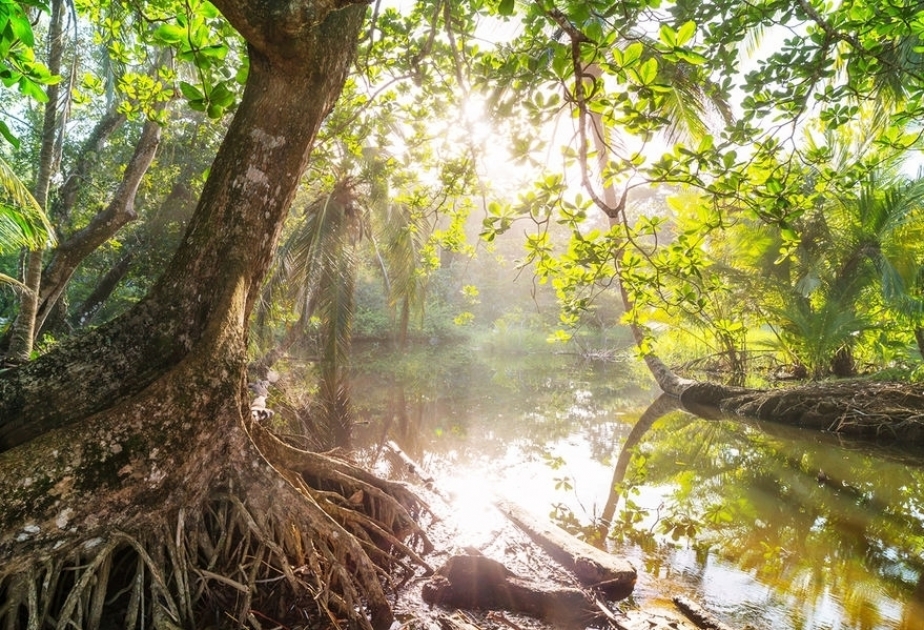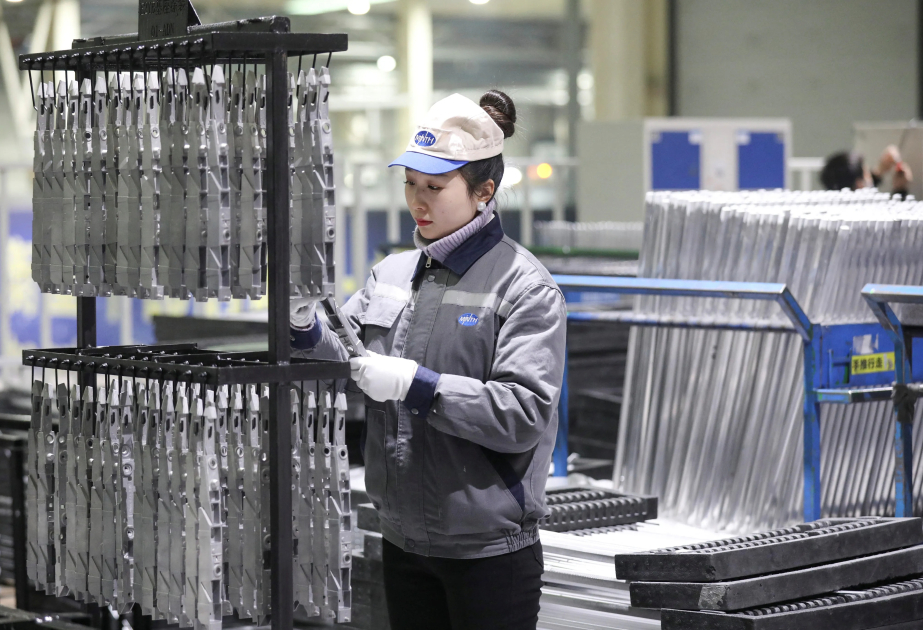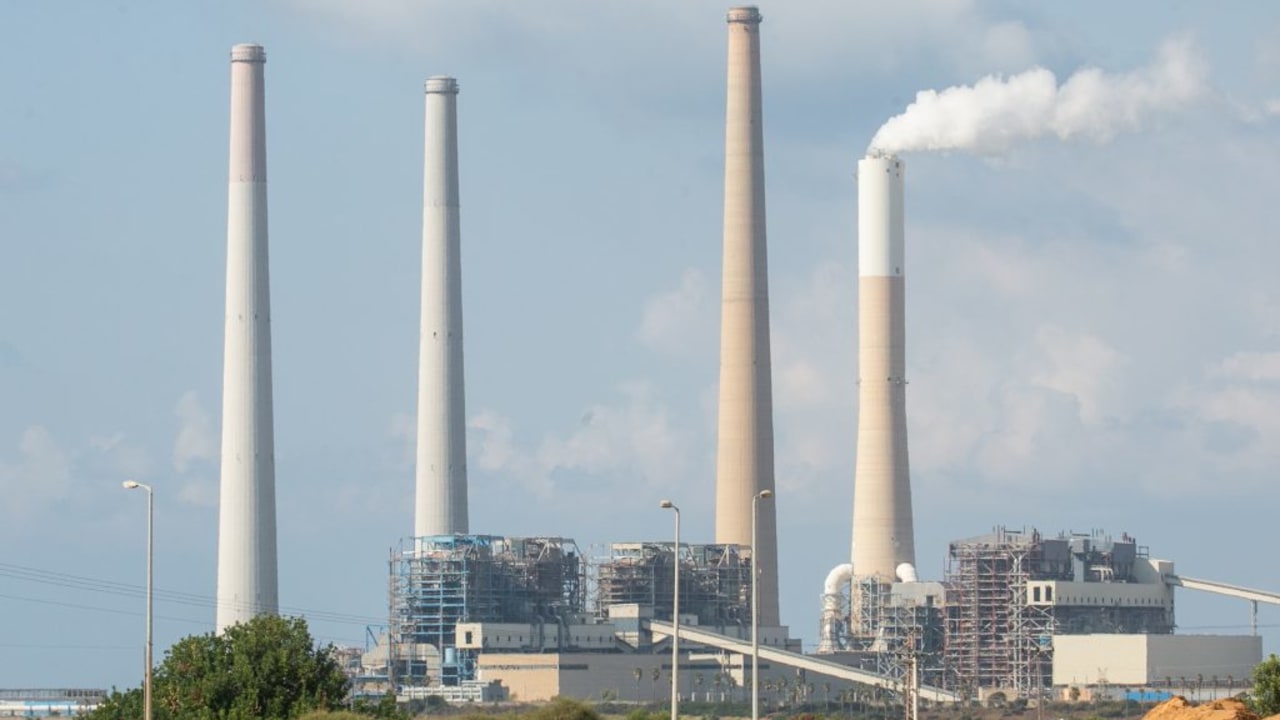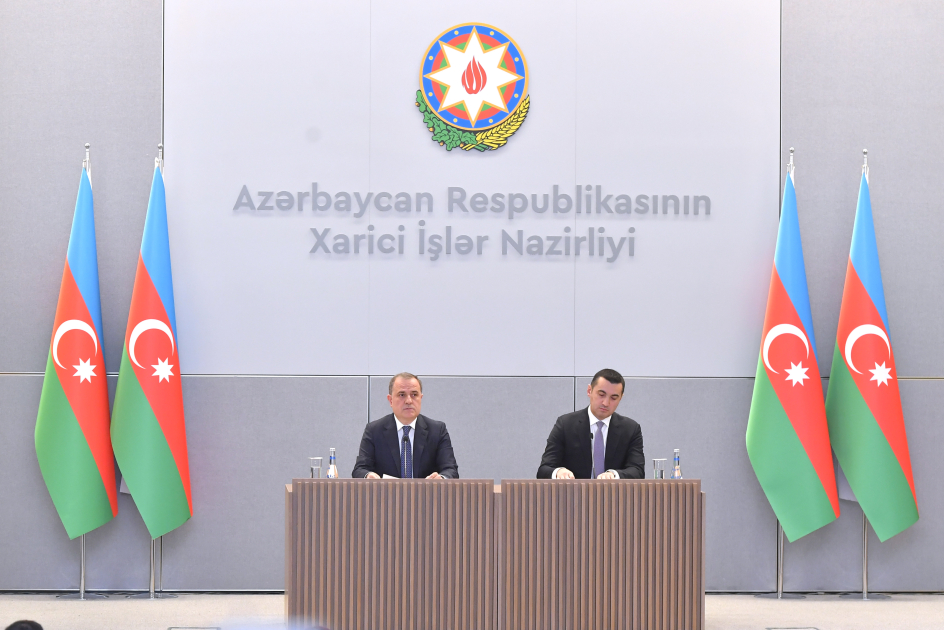Human-induced global warming, and not El Niño, was the primary driver of last year’s severe drought in the Amazon that sent rivers to record lows, required deliveries of food and drinking water to hundreds of river communities and killed dozens of endangered dolphins, researchers said Wednesday, according to the Associated Press.
Both climate change and El Niño contributed about equally to a reduction in rainfall. But higher global temperatures were the biggest reason for the drought, according to World Weather Attribution, an initiative that brings together climate scientists to rapidly analyze extreme events and their possible connections to climate change.
The drought was agricultural, combining reduced rainfall with hotter conditions that evaporated moisture from plants and soil. It was that heat-driven evaporation that was critical in the drought’s severity, said study co-author Friederike Otto, a climate scientist at the Imperial College of London.
“What is now about a one-in-50-year event would have been much less likely to occur in a 1.2-degree cooler world. If we continue to warm the climate, this combination of low rainfall and high temperatures will become even more frequent,” Otto said at a news conference Wednesday.
The team uses a scientifically accepted method of running computer simulations of weather events as they would have unfolded in a fictional world without global warming, and comparing those results with what really happened.
The drought in the Amazon — the world’s largest rainforest and crucial in storing away carbon dioxide that would otherwise contribute to warming — came as Earth endured the hottest year on record. The planet is closer than ever to the 1.5 degrees Celsius (2.7 Fahrenheit) increase since pre-industrial times that nations had hoped to stay within to avoid the worst consequences of climate change, such as deadly heat, rising seas, flooding and wildfires.




.webp)












